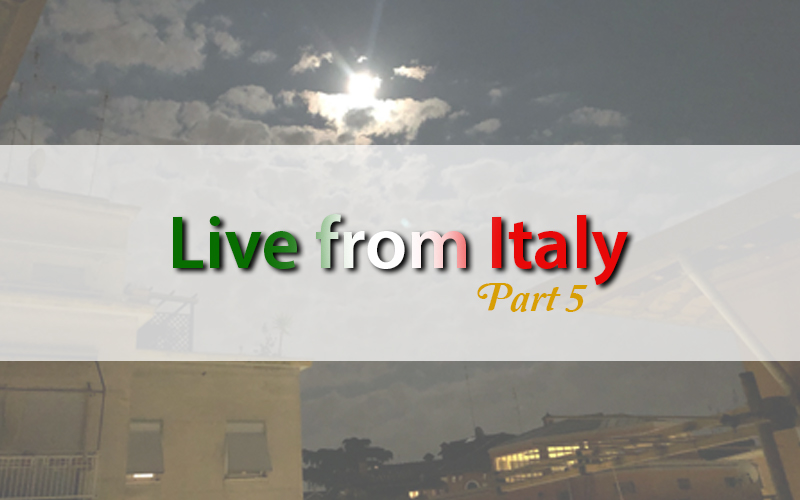Live from Italy Part 1 | Part 2 | Part 3 | Part 4 | Part 5 | Part 6
Last Friday morning, April 3, day 24 of our Roman lockdown, I shot up in bed, “is today Good Friday?” Dread and sadness washed over me with the thought that I’d obliviously missed Holy Week. When I realized what day it actually was, I was only slightly encouraged. The fourth week of quarantine has been the most disorienting.
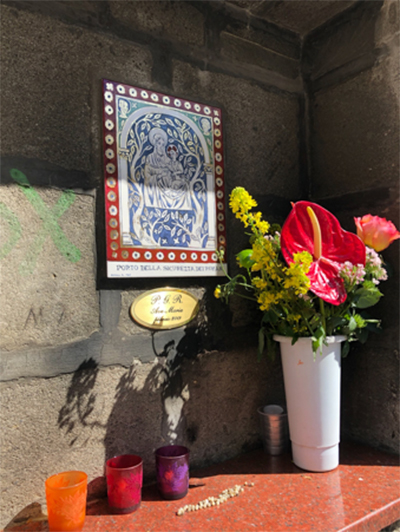
General consensus among friends separately living this experience together is that at this point in our quarantine: sleep is more disturbed; worry has set in that this is the new normal; skepticism is fueled by befuddled understanding of how decisions are being made, each new day presenting a series of statements, rumors and pronouncements. A good friend has referred to this moment on our open-ended journey as the “grumpy week.” I’d say not so much grumpy as discombobulated with a tinge of hopelessness and despair.
Italy’s reporting is still desperate when looking at daily death tolls (totally, as of this writing, 17,669), even if slightly more promising in terms of fewer new cases and fewer patients admitted to intensive care. Watching the UK and U.S. from afar retraumatizes those of us paying attention. Reading about the steep climb in deaths in NYC only reminds me of ours just a few weeks ago; listening to stories of entirely preventable chaos, including the worsening health of Britain’s Prime Minister Boris Johnson, only compounds feelings of helplessness and utter disbelief that politicization of human crises and manipulation of power for personal gain continues to outweigh conscientious, humane leadership even when stared down by the universe and all of her wrath.
GAMUT OF REACTIONS
If the years of workshops on workplace trauma taught me anything, it is that in any situation of trauma we can expect to run the gamut of reactions, including sudden states of anxiety and grief. On Palm Sunday, I read an article about a 19-year-old chef from the Abruzzi region, just east of here, who was living with his mother in London before taking up his new post on the coast of Scotland. He had died suddenly from complications from what they diagnosed only post-mortem as coronavirus. Reading his last message to his father, “Papi, the fever’s gone down but the ambulance is coming to get me because my chest hurts a little,” broke me.

When I read that Luca’s last gesture was a 15 Euro donation to the hospital in Bergamo, I didn’t just tear up but was full-on sobbing over my coffee. Everything about the way Luca’s father described him and his new life in the UK rang familiar. There are at least 300,000 young Italians living in London (those are only the ones registered with the Italian Ministry of Foreign Affairs), my daughter and most of her Italian friends among them. Their lives are full of promise and excitement, easily sliding between one language and the other, from one culture to the next. Reading Luca’s father’s comments, how proud he was of his son’s choices, how happy he was for his prospects for a brighter future, bowled me over. The depth of that sadness took time to crawl back from.
Talking to my daughter, I am as reassured as any of us can be. In the UK, they have instituted online and telephone consultations for anyone with symptoms. After answering a couple of guided questions in their “live assessment” online, the concerned citizen is told whether or not it is necessary to speak to a nurse at the toll-free service “111.”
HOTLINES
Similarly, there are hotlines set up in each region of Italy’s public health system. In northwest Tuscany, for example, a doctor friend of mine told me about USCA, a team of 70 physicians, nurses and newly-minted doctors, who follow-up on patients specifically with regards to COVID-19. The patients are referred by their family doctors or hospitals and each one is followed at a distance by this task force. When and if an ambulance is necessary, the USCA team member calls the emergency number. Family doctors themselves are seeing patients strictly on appointment, with ample time between each. No one is allowed in waiting areas. Patients and doctors are equipped with masks and gloves. No patients with any flu or cold symptoms are allowed in; with them, Giovanni tells me, they are performing a sort of phone-triage. “If they don’t call us, we call them: the doctor’s voice has to be a constant, reassuring presence.”
Giovanni is one of 19 family physicians in his local territory with whom he has regular consultations; he follows 600 patients in the public health system and 300 private patients whom he sees as a homeopathic practitioner (this has always been his choice, most family doctors in that region follow 1,400 patients).
Giovanni is campaigning for more coronavirus tests for family doctors, “truth is the antidote,” reads his latest Facebook post. In an open letter to the Head of the Order of Physicians of Prato, he says that he is convinced that the diffusion of the disease can be slowed if health care workers are properly screened. As such, he asks that all doctors receive the COVID-19 swab tests and that those who are negative also receive the antibody blood tests.
Only by cross-checking the two exams, Giovanni states, can the region achieve acceptable levels of excellence in public health and safety. He concludes by Italy should be no less than Germany who is purportedly swab testing 100,000 people per day.
I’d be remiss if I didn’t stress that this discourse takes place within the realm of public health. Despite Italy’s fraught relationship with corruption, they still rank among the best in the world in health care, a major marker of which is accessibility. There is a duty of care such that every resident of Italy has access to medical assistance 24 hours a day, regardless of employment or social status.
EASTER NONETHELESS
Had it actually been Good Friday when I suddenly sat straight up in bed, it would have meant I completely missed Palm Sunday. I’ve always loved Palm Sunday more than Easter. I remember my grandfather working the blessed palms into intricate crosses and other braided shapes to bring house-to-house the symbol of peace and renewal to our many relatives. In most of Italy, it is not palms but baskets full of olive branches being blessed and distributed and brought to relatives and neighbors throughout the Holy Week. I’ve come to love the olive branch, its significance steeped in history and rooted in the Mediterranean landscape. It is the bringing of peace I love most about this holiday. “Peace be with you” seems to me a timeless, tireless, denominationless wish.
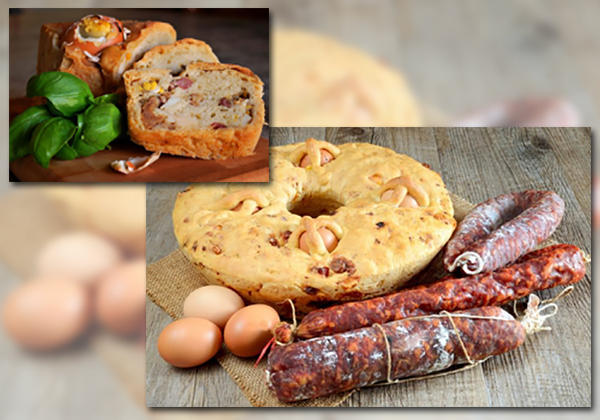
The rituals of Holy Week are a staple of Italian life. Lay customs stem from religious tradition. The “prova costume,” spring’s careful dietary restrictions in the name of summer’s vanity, actually coincides with Lenten sacrifice. Spring cleaning is tantamount to “pulizie Pasquali,” Easter cleaning to prepare for renewal. The Holy Week generally opens the travel season for most Italians. There is a saying in Italian, “Christmas with family, Easter wherever you like” (it’s catchier in Italian, “Natale con i tuoi, Pasqua dove vuoi”).
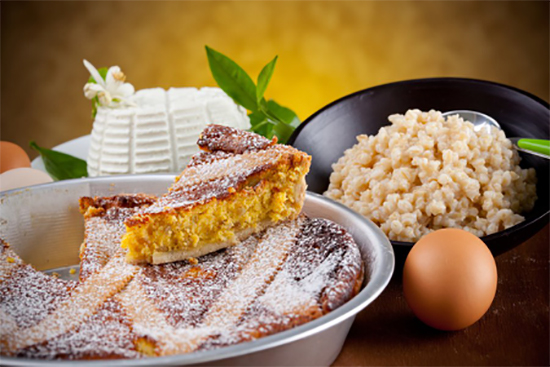
Typically, this is the season of long weekends, with four days off for Easter (including Easter Monday, the day in the year when everyone retreats to the countryside or seaside for cookouts and picnics); Italian Independence Day on April 25 and May Day.
If not for coronavirus, many Italians would be traveling domestically during Holy Week, for instance to small towns and hamlets with their festivals and religious feasts, including live re-enactments of Christ’s Passion and the via Crucis on Good Friday. For this reason, Sicily is always a popular Easter destination. It is also an ideal time, usually, to visit the country’s natural hot springs, like those in Tuscany and on the island of Ischia, for instance. Just last year my nephew and I had a great Easter weekend of skiing and eating at Europe’s highest hostel, Ostello Lo Zio, at 2115 meters on Abruzzo’s Gran Sasso, an event I’d gladly have made a family tradition had it not been for this global pandemic. Hard to fathom Italy’s dramatic coasts, islands large and small, and mountain peaks without any visitors at all.
Religiously, both Passover and Easter (both Pasqua in Italian, each deriving from the Hebrew, Pesach) will be celebrated behind closed doors, without Pilgrims or worshippers. The same will hold true for Ramadan later in the month.
STREAMING SERVICES
Priests and rabbis will be streaming their services to their followers. On Good Friday, the Pope will walk the via Crucis in St Peter’s Square and not around the Colosseum where it has been held continuously since 1965 (in 1750 Pope Benedict XIV converted the Roman site most associated with pageantry and violence for the entertainment of the bloodthirsty masses to a place of Christian worship by walking the Stations of the Cross at the Colosseum for the first time). There will be no washing of the feet on Maundy Thursday and on Easter Sunday, like Palm Sunday, the mass will take place behind closed doors, only a handful of people, including media operators for live streaming, allowed in.
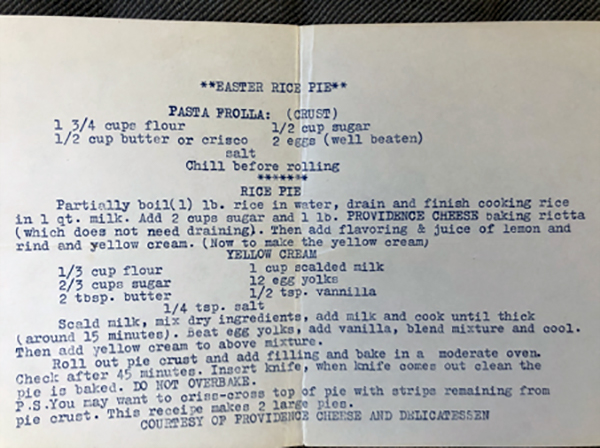
Italians who are determined to celebrate in spite of the restrictions, are organizing themselves in various ways. I have friends whose family members have decided, for example, to send each other various ingredients of their Easter feast which they’ll then all have together in Zoom. They’ll prepare the traditional Easter breakfast, including hard boiled eggs, casatiello and corallina, a regional salame typically used at Easter. That will be followed by an afternoon meal, including lamb, artichokes, Easter pies, sweet and savory and, of course, chocolate eggs. Shops and supermarkets have stocked all the traditional Easter specialties and shoppers queue outside patiently, many with the shopping sack on wheels until now typical of old ladies who cart their wares more easily around the neighborhood.
Many will live through the weekend as they’ve lived through the past 30 days, unaware of the feasts happening around them but taking the time to reflect, as we have done daily. This experience we are all living separately yet together is a great leveler. It calls on us to assume a duty of care for one other and for our shared planet, to reevaluate how we live our lives and determine what is superfluous and what’s essential. It is an opportunity for us all to extend a proverbial olive branch to the world and regain some perspective and collective peace of mind.
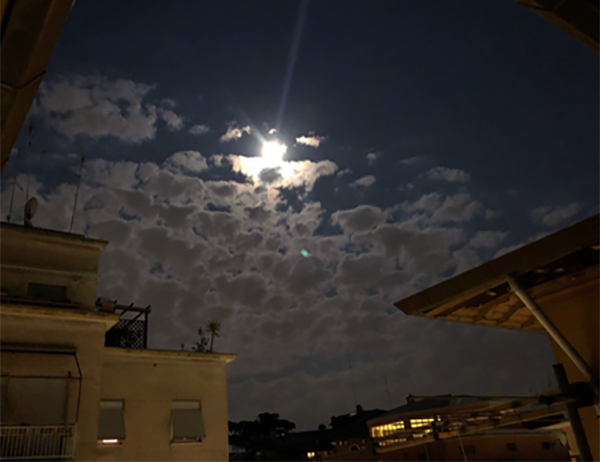
Live from Italy Part 1 | Part 2 | Part 3 | Part 4 | Part 5 | Part 6


